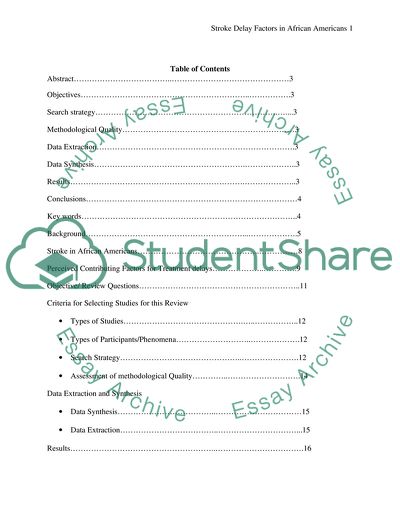Cite this document
(“Stroke Incidence in African Americans Research Paper”, n.d.)
Stroke Incidence in African Americans Research Paper. Retrieved from https://studentshare.org/health-sciences-medicine/1742866-factors-influencing-health-seeking-behaviors-in-african-americans
Stroke Incidence in African Americans Research Paper. Retrieved from https://studentshare.org/health-sciences-medicine/1742866-factors-influencing-health-seeking-behaviors-in-african-americans
(Stroke Incidence in African Americans Research Paper)
Stroke Incidence in African Americans Research Paper. https://studentshare.org/health-sciences-medicine/1742866-factors-influencing-health-seeking-behaviors-in-african-americans.
Stroke Incidence in African Americans Research Paper. https://studentshare.org/health-sciences-medicine/1742866-factors-influencing-health-seeking-behaviors-in-african-americans.
“Stroke Incidence in African Americans Research Paper”, n.d. https://studentshare.org/health-sciences-medicine/1742866-factors-influencing-health-seeking-behaviors-in-african-americans.


